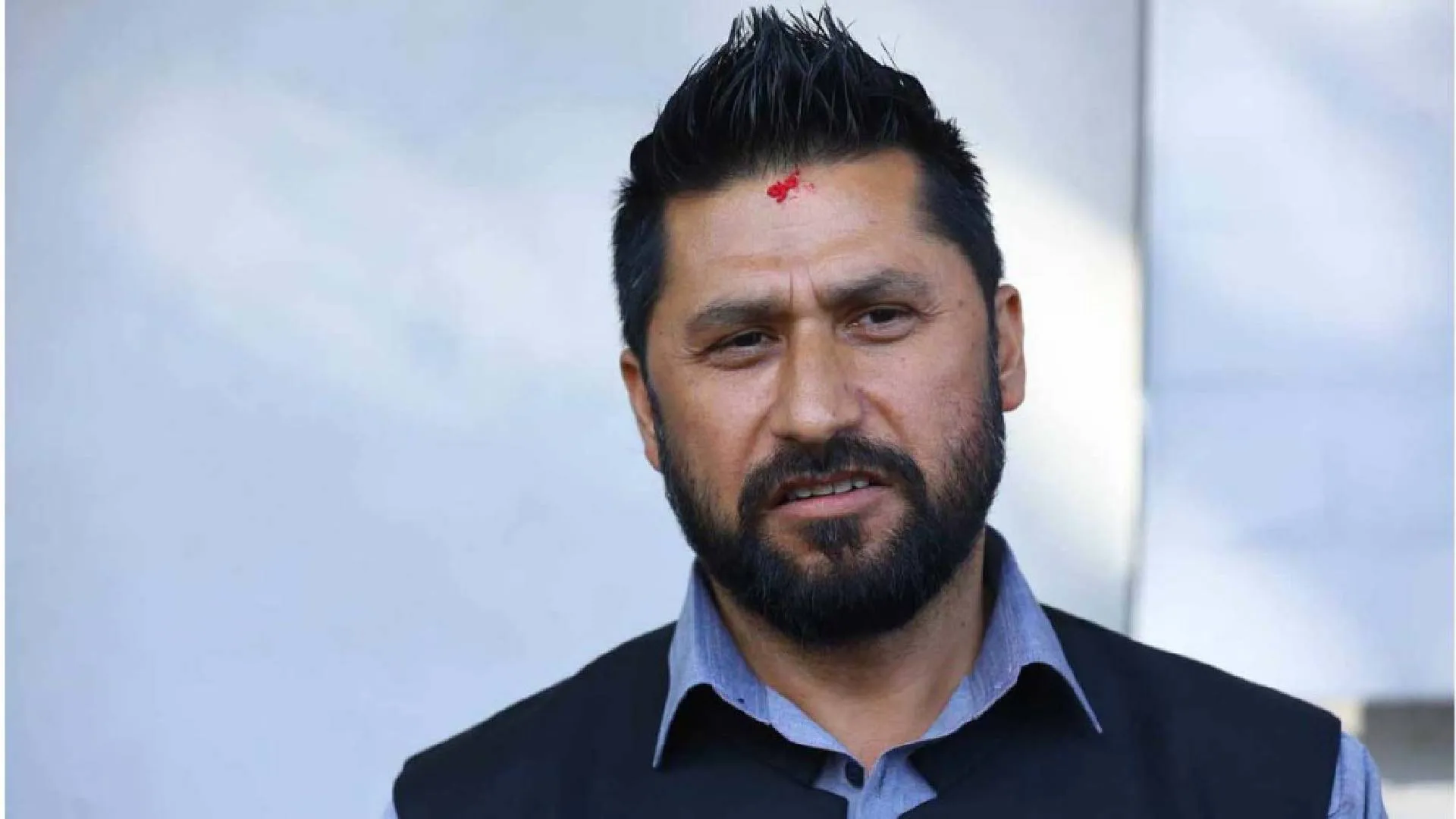There have been hints that the forthcoming budget may focus on the education and health sectors. It is hoped that it would accord high priority to higher education too. Universities and higher educational institutions have been reeling under financial crunch and hoping against hope that the assurance of the new education policy for enhancing public funding would come to their rescue.
The Centrally-funded higher educational institutions, including central universities, have generally been better funded compared to state universities and their colleges. Lately, however, they too have been undergoing serious financial woes. Even the highly-ranked and reputed universities have not been spared financial distress.
Public funding has not been keeping pace with the expansion of higher education. Since 1955-56, the number of universities has surged from 38 to 1050, colleges from 1,025 to 40,000, and enrolment from 2.95 lakh to 385 lakh.
UGC claims that its grants to higher education institutions during the corresponding period have gone up by 4,781 times. Even as a percentage of Gross Domestic Product (GDP) at factor cost, the UGC grant went up from 0.02% in 1955-56 to 0.05% in 2020-21. Discounting for the inflation and growth in higher education enrolment, grants to higher education institutions may have, in fact, declined in real terms. This becomes all the more clear if we consider the recent data.
The annual grants to higher education institutions have gone up from 10,527.32 crore in 2013-14 to Rs. 12,716.70 crore in 2020-21 recording a Compound Annual Growth Rate (CAGR) of only 2.39%. Grants to the central universities during the same period of time increased from Rs. 55,703.78 Crores to Rs 8,111.79 crore, recording a CAGR of 4.5%. Given the fact that the rate of inflation averaged 6.04%, the growth rate in the grants has been negative in real terms.
Further, the UGC grants are not evenly distributed across the central universities. The per-student grants to central universities averaged Rs 1.09 lakh per year. At the same time, a few select universities received a lot more:
Aligarh Muslim University (Rs. 8.47 Lakh per student per year); the Central University of Hyderabad (Rs. 8.20 lakh); Jawaharlal Nehru University (Rs. 8.08 lakh); Jamia Millia Islamia (Rs. 5.52 lakh), Benaras Hindu University (Rs. 4.45 lakh) and Delhi University (Rs. 2.63 lakh).
The per-student grant to BHU appears much lower than that of AMU. However, the per-student grant to BHU would work out to be far more if the allocations for IIT BHU and AIIMS BHU are also added to it.
Discontinuation of the five-year plans has deprived universities of much-needed development grants. Since 2017, the development grants stand replaced by Higher Education Funding Agency (HEFA) loans for Revitalising Infrastructure and System in Education (RISE).
Available data indicates that loans worth Rs 19,963.91 crores have been sanctioned under HEFA/RISE: IITs (Rs. 12,345.24 Crores); NITs (Rs. 2,951.07 Crores); and Central Universities (Rs. 4,142.60 Crores). The data further shows that only 26 of 48 central universities took advantage of the borrowings.
HEFA/RISE has certainly not compensated central universities for the loss of the development grants. During the 12th five-year plan, the central universities had Rs. 9,346.29 Crores and this amount were made available to all central universities across the board.
At the same time, the higher education system has been undergoing significant reforms to improve quality. Upsizing higher educational institutions and making them multi-disciplinary may need investment in physical and human resources.
So would be the case with the introduction of liberal arts and science and making science, technology, engineering and mathematics (STEM)-related courses across all undergraduate programmes.
The four-year undergraduate programme, which is proposed to be launched by the next academic session with current and ongoing batches to exercise their option to shift from three years to the four-years programme, would suddenly swell the higher education enrolment by about 20%.
This shall obviously impinge on the teaching and research resources. These would call for investment, upgradation and augmentation of physical facilities, technical infrastructure and teaching and resources. A system already strained by sustained underinvestment would find it difficult to cope with the pressure.
The proponents of private participation in higher education might argue that public-funded higher educational institutions must raise resources to overcome their financial miseries. In fact, the General Financial Rules (GFR) provide that they must raise their user charges such as to become self-sufficient sooner than later.
But they do not realise the difficulty that the full-cost or even increased-cost recovery creates affordability barriers to accessing higher education by the vulnerable sections of society. Yet, these are the very people who need to get higher education the most.
A ginormous number of our countrymen, as many as 80 Crores, or over 60% of the population, are in such a precarious situation that they have to be supported with free food grains to subsist and survive. Can these people afford higher education if provided on a full-cost basis?
They might not even be able to afford higher education on a deferred cost basis as they would be hesitant to access student loans or be able to provide the much-needed collateral to get the loan. The new education policy targets to nearly double the gross enrolment ratio (GER) in higher education to take it from the current level of 27.3% to 50% by 2035. Going by the declining rate of growth in higher education, it may be difficult to achieve this goal by targeting those very segments which are presently accessing higher education.
Further growth in higher education enrolment would have to come from those sections of society which have hitherto been largely excluded due to the lack of affordability. Needless to mention that creating capacity in full-cost recovery or self-financed institutions may not serve the purpose much. Engineering and management education are glaring examples. Nearly half of their sanctioned intake goes untaken.
Furqan Qamar, former Adviser for Education in the Planning Commission, is a Professor of Management at Jamia Millia Islamia, New Delhi.

















